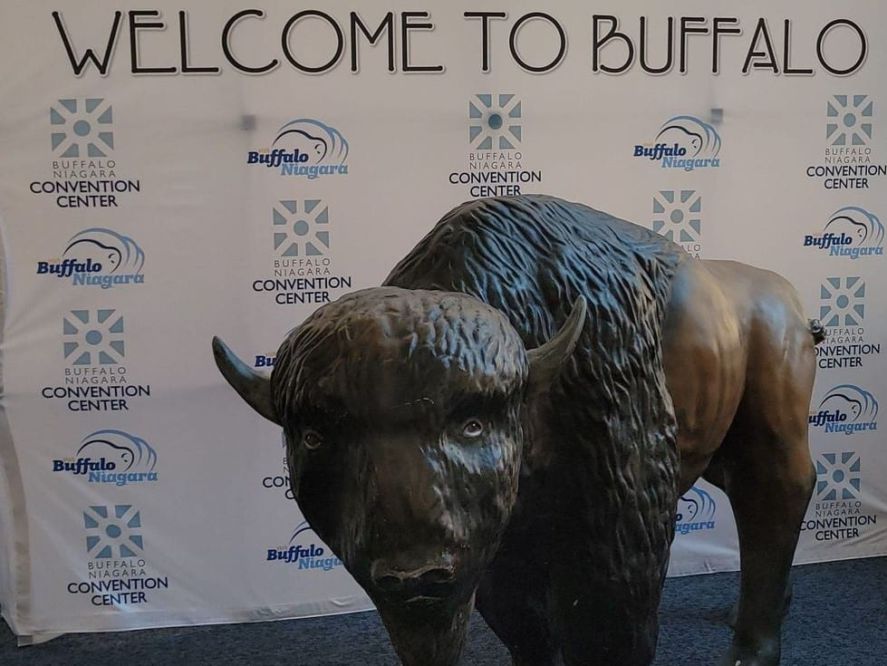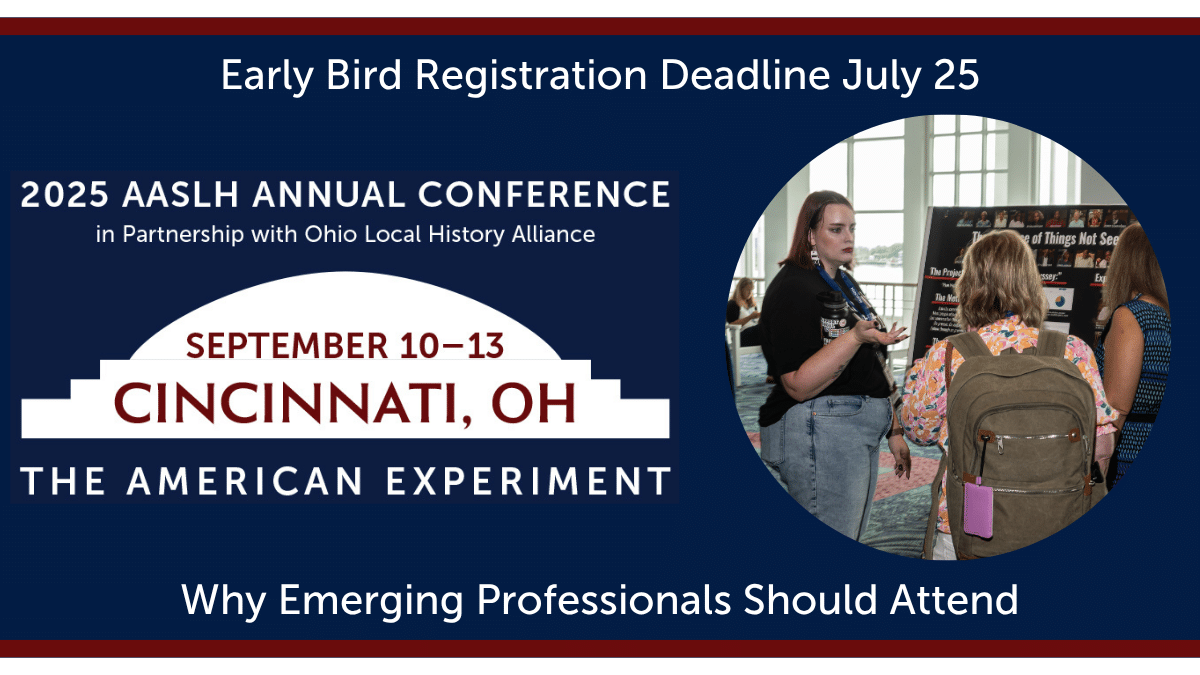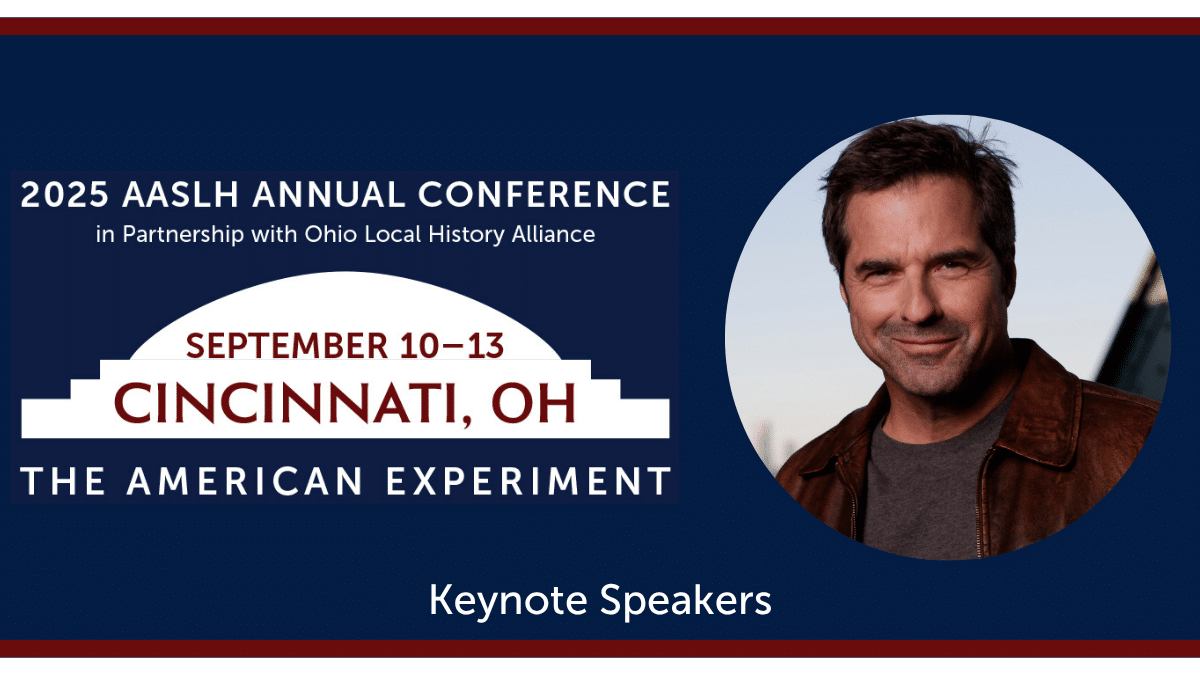
By Anne Jordan, Little White School Museum, Oswego, IL
This was my second year attending the AASLH conference, but the first as a higher-up in a historical organization and as a Small Museums Scholarship recipient. Because of that, I spent a lot more time looking at what the field looks like on a personal level, and how other museum managers and directors presented themselves. What I found surprised me, in the best possible way. When I looked out in the crowds at sessions, I saw several people who looked like me—mid-thirties, tattoo-covered women—and several more who looked nothing like me. The field has diversified. In a line of work where most people picture the elbow-patches-on-their-jacket, white, male professors, it’s refreshing to see how times have changed. No more is history an all-boys club and no more do we just focus on military accomplishments.
Instead, we as a group of professionals, have said “This is all of our history, and we want to be represented, both in the stories and in the building.”

But don’t just take my word for it. According to the AASLH conference attendance list, over 2/3 of the people who traveled to Buffalo identify as female, and out of that number, many have taken on leadership roles in their historical institutions or museums. This is not to imply that men are not suitable or capable of running the museums; rather it is just an observation of where we are currently. As our field has finally accepted new and underrepresented stories, so too has the worker side accepted new and underrepresented persons.
Along with this shift in personnel, this year’s conference offered over a dozen sessions that covered topics focused on diversity, inclusion, and accessibility. In “Doing Upstate NY Queer History,” attendees listened and learned how to do the research and confront the opposition of LGBTQ+ history. “Decolonizing Storytelling” asked those in attendance to go beyond the “easy” history, and dig for the fuller stories—the ones that involve all people. From combating racism to creating inclusive spaces, this year’s conference made sure that every participant walked away with a new sense of how to include all stories and people in their museums.
It’s clear that we all want to branch out from the same ol’ same ol’ and it’s nice that organizations like AASLH hear us. In an ever-changing social and political landscape like the one we see ourselves in now, we have to continuously re-evaluate how we get our messages out, or else our sense of relevancy will suffer.



